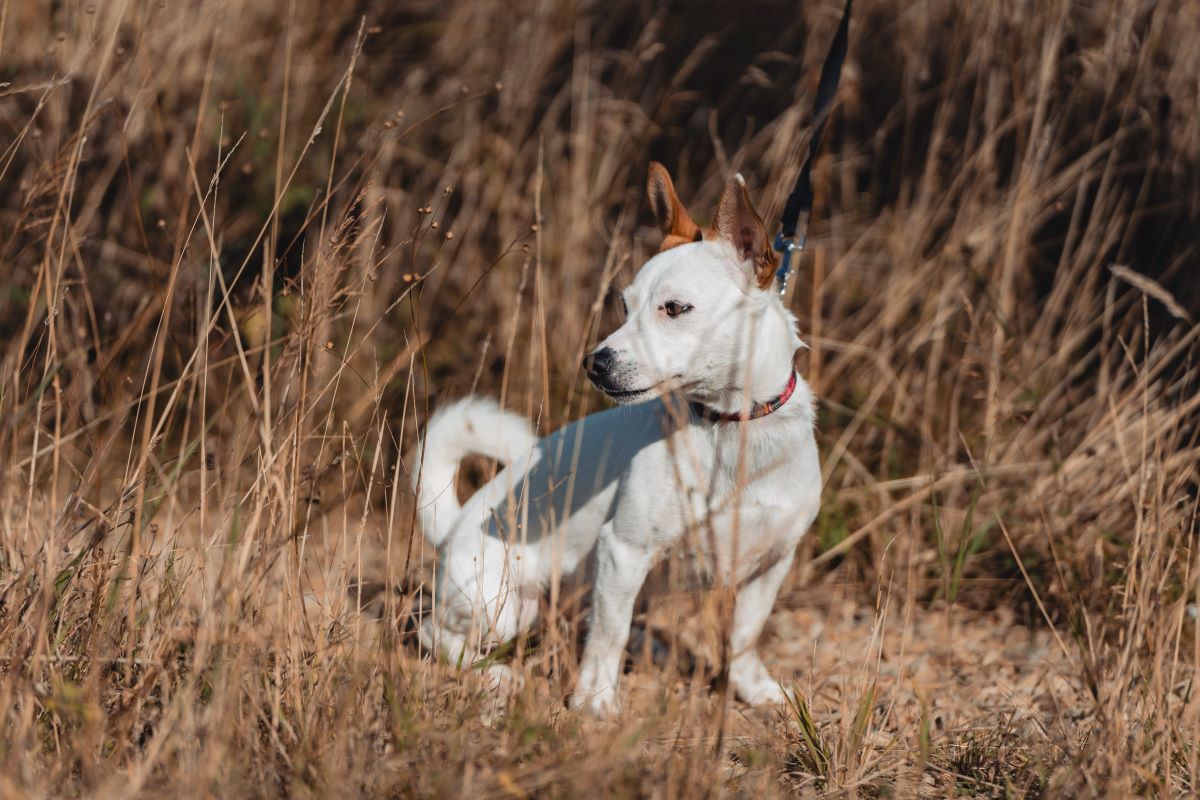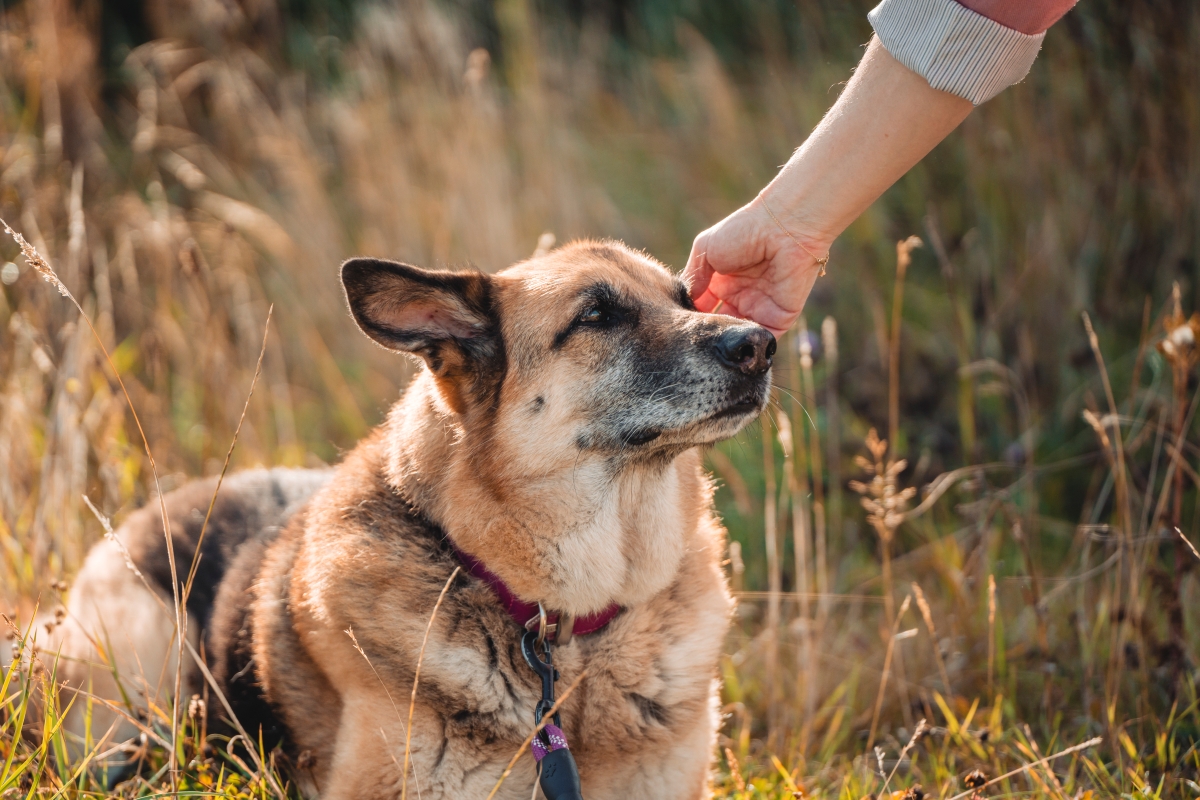Select a country and language
Regulatory constraints and medical practices vary from location to location. Consequently, the information provided on the site in which you enter may not be suitable for use at your location.
Asia Pacific
Europe















Latin America







North America
Did you know that while a leisurely stroll in the countryside can be a treat for your dog, it might also expose them to the hidden menace of ticks? But the real concern isn't just the ticks themselves – it's the problems they cause.
In this article, we'll take a closer look at why ticks are so dangerous and how to know if your dog is affected. We'll also discuss some of the measures you can take to keep your pup safe from these dangerous bugs.

What Are Ticks?
First, let's go through the basics. Ticks are eight-legged arachnids, belonging to the same family as spiders. Before feeding, they measure around 5mm in size, so can be difficult to spot with the naked eye. Their immature stages – larvae and nymphs – are even tinier and may not be visible at all.
The Tick Lifecycle
Ticks pass through several stages of development in their lifecycle, starting with an adult female tick laying thousands of eggs before dying. These hatch into larvae which crawl onto a host to feed, and develop into nymphs that continue to feed until they grow into adults. The adults then search for another host to feed on as much as possible, before mating and continuing the cycle.
Where Ticks Live
Ticks tend to live in grassy and wooded areas, where they wait to attach themselves to passing hosts such as dogs, cats, or even humans. They're a threat all year round but are most active in the spring and autumn when temperatures are milder.
How Ticks Feed
After attaching themselves to a host, ticks use their sharp mouthparts to cut through the skin and feed on the host's blood. They may choose areas on a dog with less hair or thin hair, like the face, ears, nose, between the paws, the groin, and armpits, but can attach anywhere on a dog.
Species of Ticks
There are around 900 species of ticks found worldwide, and they tend to be most prevalent in warmer climates. But through a combination of climate change, pet importation, and increased pet travel, even cooler countries are starting to see more exotic ticks which were rarely seen before. This means that it's more important than ever for us to safeguard our dogs against these pests.
What Are the Signs Your Dog Has a Tick?
A single tick bite can cause fatal paralysis if it is a paralysis tick, or can transmit potentially fatal infections if it is a different species. Some ticks can even cause severe blood loss and irritation if they are present large enough numbers. The signs of tick paralysis can include weakness of the limbs, changes in voice, difficulty swallowing or breathing, and vomiting/retching/gagging. If you suspect your dog might have signs of tick paralysis visit your vet immediately. Time is of the essence.
What Diseases Can Ticks Transmit?
Ticks can transmit serious diseases to your dog, the most important of which is Ehrlichia canis, a bacterial disease carried by the Brown Dog Tick.
- Ehrlichiosis.
A bacterial infection caused by Ehlichia canis, and carried by the Brown Dog Tick. Clinical signs may include fever, poor appetite, lethargy, weight loss, enlarged lymph nodes, pale gums, bleeding disorders, nasal and ocular discharges and neurological disorders. Your vet is best placed to diagnose and treat Ehrlichiosis.

How to Treat Ticks on Dogs?
Ticks can be found by running your fingertips through your pet's coat against the skin, feeling for lumps and bumps on their skin.
If you do find a tick, it's important to remove it as soon as possible. This should be done carefully using a tick remover tool, which looks like a small plastic hook and can be bought at a pet store. If you don't have a tick remover tool, gently grasp the tick as close to the skin as possible and pop it away from the skin. Don't panic if the tick breaks apart, at least it will be dead.
If you're unsure how to remove a tick, ask your vet – they can demonstrate or remove the tick for you. Never remove a tick by crushing, burning, or suffocating it in gel.
The best way to prevent your dog from getting ticks, and the illnesses they carry, is by using a tick protection product – generally a chewable tablet, collar, or spot-on medicine. They will quickly kill any tick that jumps onto your pet.
How to Prevent Dog Ticks
The best way to prevent your dog from getting ticks, and the illnesses they carry, is by using a tick protection product. These come in chewable tablet, collar, or spot-on medication form. Tick preventatives will quickly kill any tick that jumps onto your pet to feed, reducing the risk that they'll cause disease.
If your dog spends time outdoors in areas where ticks may be present, it's especially important to use tick protection. The type of product you use will depend on your dog's lifestyle and risk factors, so speak to your vet about what's best for your situation.
Keep in mind that humans are also at risk. Make sure to cover your arms and legs, and check yourself after a walk. If you find a tick, remove it promptly and consult your doctor.
If you live in areas where ticks may be present, carefully check your pet daily for ticks. The sooner you remove them, the lower the risk of tick-borne diseases problems.
But for the most part, thanks to the range of products out there, with the appropriate preventative measures you and your dog can continue to enjoy your walks, tick-free and with peace of mind.









